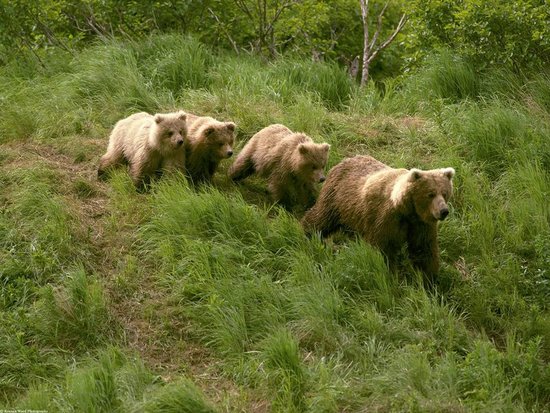
In evolutionary studies, insertion and deletion events (indels) are of importance. Indels refers to the mutation class that includes both insertions, deletions, and the combination, thereof, including insertion and deletion events that may be separated by many years. But, attribute to its’ enormous potential in variation,including lack of functional constraints, a high substitution rate and less homoplasy, indels could be a real messer in molecular phylogenetics and make your results tricky.
Recently, a study cooperated by Prof. ZHANG Yaping (Kunming Institute of Zoology, the CAS) and Prof. YU Li (Yunnan University) has straightforwardly illustrated the different results of Arctoideaphylogenetics with or without indels involved.
The suborder Arctoidea is usually organized into three groups: family Ursidae (bears), Pinnipedia (walrus, sea lions and true seals), and Musteloidea (raccoons, weasels, red panda and skunks). But, the precise relationships among them are open to debate. So, in this study, 6843 indel characters from 22 nuclear intron loci of 16 species of Arctoidea have been adopted on the reconsideration of the phylogenetic inferences.
According to Prof. ZHANG, when indels is not included, the three different coding schemes used in their study indicate the monophyly of Ursidae and Pinnipedia tree and the monophyly of Pinnipedia and Musteloidea tree. On the other hand, with indels, all those three coding schemes give identical phylogenetic tree topologies supporting the monophyly of Ursidae and Pinnipedia. Although these results disagree with the conclusion based on the mtDNA data, they are in line with the traditional morphology.
In summary, this study is a great example to demonstrate the importance of indels in phylogenetic analysis. And with much more expanded indels characters, this is the first report of the impact of different indel coding schemes on phylogenetic reconstruction at the family level in Carnivora.
The main findings of this research have been published on Molecular Phylogenetics and Evolution (http://dx.doi.org/10.1016/j.ympev.2012.10.023).





